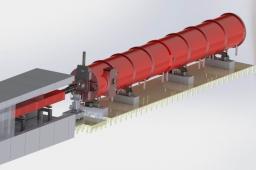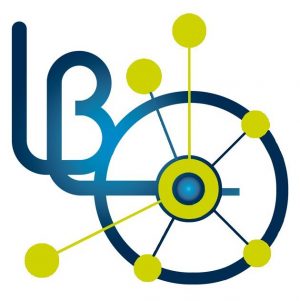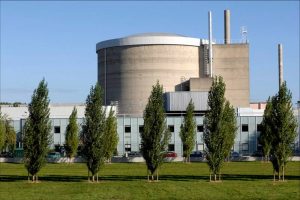Le groupe « Infrastructures et développements – INFRA » est composé de 18 collaborateurs répartis en quatre équipes :
- Conception et Développement (Sylvain Désert)
- Electronique (Emmanuel Rampnoux)
- Environnement échantillon (Burkhard Annighofer)
- Informatique (Gaston Exil)
Le groupe INFRA assiste les autres groupes du LLB pour les développements instrumentaux liés aux programmes scientifiques du LLB. Il fait également partie des « équipes-projets » de développement d’instrumentations (ESS, Collaborating Research Group-CRG (ILL et PSI), un p rototype de source compacte Sonate (Prélude)…) sur toute la durée des projets, en prenant en charge les phases de conception, de design et de réalisation des instruments de diffusion des neutrons et de l’instrumentation associée.

The « Infrastructure and development » research group is made up of four teams:
- Design and Development (Sylvain Désert)
- Electronics (Emmanuel Rampnoux),
- Sample Environment (Burkhard Annighoefer),
- Informatics (Gaston Exil).
The INFRA group collaborates with the other research groups for the instrumental developments needed for the LLB’s scientific programs. It is also part of the « project-teams » for the development of neutron scattering instruments (around the spallation source ESS, the CRGs neutrons beam line, future compact source based on accelerator SONATE etc.), supporting the design and realization phases of the devices and their associated instrumentation.




